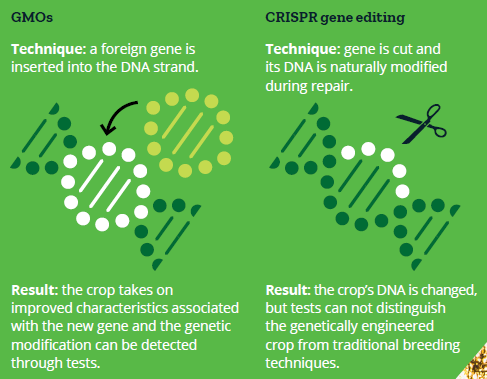From humble beginnings to 10 years of gene-editing with CRISPR
12 September 2022
They say the best solutions are often the simplest and the evolution of gene-editing is no exception. It has led us back to one of the simplest organisms on the planet – bacteria.
Science and innovation rarely creates something out of nothing, it takes direct cues from nature’s own solutions to develop a ‘technology’.
Just 10 years ago, scientists discovered that the naturally occurring mechanism of CRISPR-Cas9 could be used to develop a breakthrough gene-editing technique. Now faced with complex global problems like climate change, there’s hope that CRISPR may pave new ways in addressing environmental and food production challenges.
CRISPR was first discovered as a natural immune response in bacteria, used as a genetic memory to help the cell detect and destroy viruses. In 2012, Dr Emmanuelle Charpentier and Professor Jennifer Doudna published a research article outlining how this mechanism could be harnessed as a gene-editing technology in plants and animals.
It allows scientists to read and ‘snip’ DNA at precise points, triggering cells to repair those breaks either randomly or by the incorporation of new genetic information.
The ominous threat of climate change and its impact on food production has been all too clear over recent years. Droughts, floods, rising temperatures, salinity and biosecurity threats have transformed the environment in which agriculture operates.
In the not-too-distant future, CRISPR-based crop improvements like drought tolerance, disease management, improved yield and herbicide resistance will be a major step towards a more resilient and sustainable food supply.
The possibilities of CRISPR truly are endless and could solve real world problems from new therapeutic cancer treatments to environmental sustainability in crops. However, in order to realise them, fundamental research must be enabled through good regulation and public policy.
